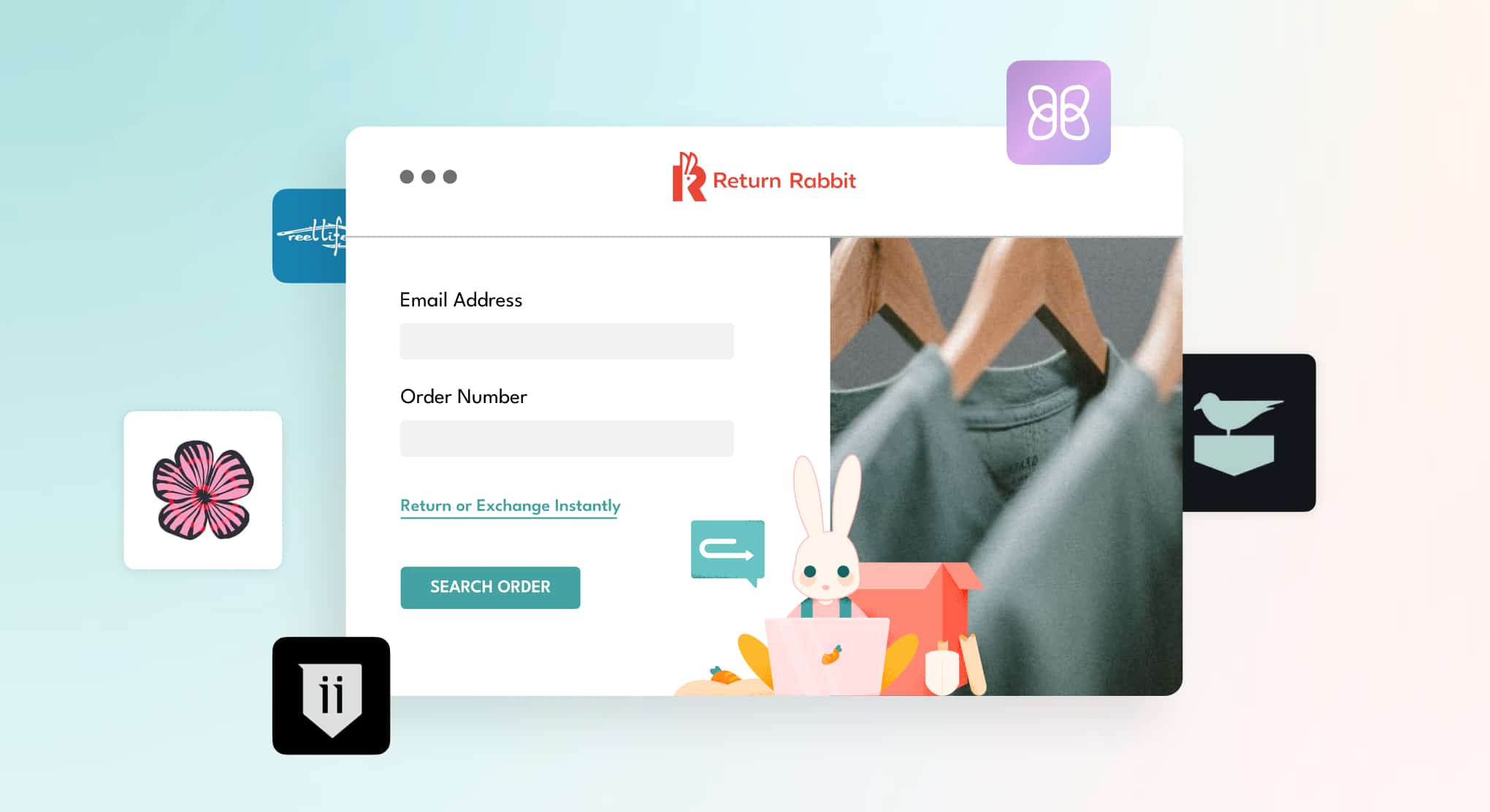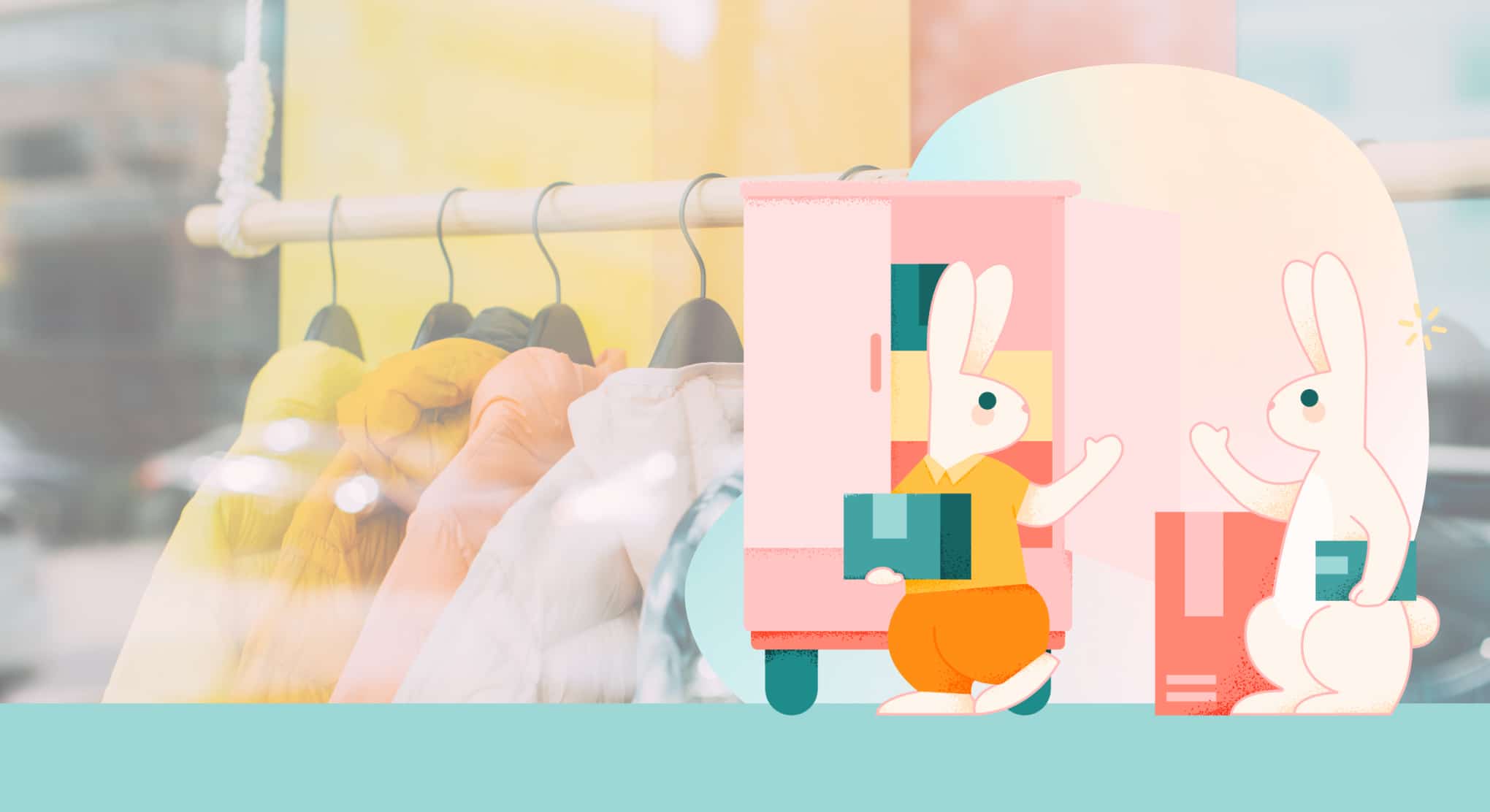Though impulse buys are every retailer’s dream, most consumers make purchasing decisions by moving through the buying cycle. At each stage, you have an opportunity to influence a consumer’s purchasing decision.
The buying cycle has 5 key stages:
1. Awareness: A consumer becomes aware of a problem to be solved or a need that must be fulfilled. Need a vacation outfit? Laptop died? Considering a new garden hose? Whatever it is, it must be addressed.
2. Research: At this point, the consumer begins to look for a solution, ideally one offered by your product. This is where you offer product details, benefits, and features for the consumer to consider.
3. Comparison: The consumer compares all their options and begins to narrow it down. They may look at 2 or 15 options side by side, but ultimately, there is one that comes out on top.
4. Purchase: This one is pretty clear—the consumer uses their preferred method of payment to buy your product and become your customer!
5).Re-purchase: This is where your brand has the potential to make the greatest impact. The re-purchase stage is the one that determines whether or not your customer comes back. The more they come back, the higher their Customer Lifetime Value, which means more revenue for your brand. This is where you pull out all the stops by offering loyalty accounts, exclusive deals, and more.
But what if your customer isn’t happy with your product? Whether it’s the look, feel, or function, they may not want it after all. This is where returns become a crucial part of the buying cycle.
Unfortunately, this is also where retailers lose momentum. The return process can quickly become a series of hoops to jump through and a lot of fine print to review. Unclear policies, extra steps, too many restrictions—all of these are return limitations that can hinder your customer’s interest in establishing a lasting relationship.
67% of customers check the return policy before making a purchase. How many customers are you losing in the comparison stage?
96% of consumers say customer service plays a role in their choice of and loyalty to a brand. Is your returns process one that offers top-tier customer service during the re-purchase stage?
The return process is an opportunity to reinforce your company’s philosophy on customer satisfaction. If a customer decides they want a different color shirt, does your policy hold up to your claim that a happy customer is your priority? Or is it one that tells them you’re indifferent to their satisfaction once the charge goes through?
A successful buying cycle includes a savvy return process. This is a crucial step in both generating sales and building customer loyalty.
Let’s take a look at three mistakes that break the buying cycle.
1. Hard to find return policy
You’re ready to help your customer find the perfect pair of shoes. But how do they exchange them for the right size?
Your shop does some things really well. The dropdown menu is well-organized—by item, category, or however else you sort your catalog. Customers can easily find what they want. Yet so many retailers bury their return policies in hard-to-find places, like the website’s terms and conditions, the about section, or even tucked away in the fine print on the checkout page.
Looking for a way to exchange sneakers that are a tad too small shouldn’t require a magnifying glass and detailed site map. A customer should be able to load your site, scroll to the bottom of the page, and click through to your policy within 10 seconds. Retailers with effective return policies link to them with clearly marked phrases such as “Return Policy” or “Customer Service”.
Since so many customers review return policies before making a purchase, it can also be helpful to clearly outline your return policy on each product page. Enabling collapsible menus in the same section of the page as the product details gives you plenty of room to highlight all the details a customer may need to know in case of a return. If you offer features like free returns and exchanges, make sure to note that prominently as a key benefit.
2. Overly complicated process
A complicated return process can give your competitor a shot at your business.
In theory, returning a product is straightforward. For most adults, our familiarity comes from years of experience with the brick-and-mortar model. With refunds, it’s pretty simple – we give the brick-and-mortar back their item, and they give us back our money.
In the case of an exchange, it often goes something like this:
1. Grab our receipt and the tennis balls we’re returning to the brick and mortar.
2. Find the tennis balls we want instead.
3. Approach the customer service desk and ask for an exchange.
4. Leave with new tennis balls.
However, if you’re returning tennis balls online, get ready for retailers to serve up some extra steps.
In lieu of a straight exchange process as in the brick-and-mortar model, a surprising number of online retailers require customers to request a refund and then purchase the desired item separately, adding an extra step for the customer in the form of another purchase transaction.
Ideally, they purchase a replacement right away, but there is a good chance your customer will wait for the full refund before purchasing again.
On average, a return takes 2 weeks to process back to a credit card. What could happen in the two weeks that your customer waits for a refund?
1. Your customer waits patiently and checks their card statement for the refund.
2. Your customer waits impatiently, growing increasingly annoyed as the refund doesn’t appear quickly enough on their card statement.
3. Your customer gets distracted and decides to get their racket restrung instead.
4. Your customer sees a sale on tennis balls from one of your biggest competitors and buys from them instead. Even if they don’t yet have their money back, your competitors’ deal won’t last forever!
It can get worse. A study by Clutch found that the average online purchase delivery is 2-3 days. So, in those two weeks, while waiting on your refund:
5. Your customer purchases and tries your competitors’ sale price tennis balls five times over.
We all hope for Scenario 1, of course, but it doesn’t always work out that way.
Scenario 2 endangers customer service in the Repurchasing stage of the buying cycle. Having a customer wait on you to make their exchange feels less like service for them and more like serving you, which only puts them in a John McEnroe state of mind.
Scenario 3 is one in which the customer found another problem needing solving, returning them to the Awareness stage of a problem that, in this case, you can’t solve.
In scenarios 4 and 5, you give your customer the opportunity to return to the Comparison stage by offering the two-week window for refund in lieu of exchange. Your competitors just scored their chance to shine.
This all assumes customers want to contend with this laborious process. As mentioned earlier, 67% of consumers review return policies before making a purchase. How many would read this policy and accept waiting for weeks for a refund before replacement?
The easiest way is to offer a straight exchange that does not require another transaction. Customers can indicate what they’d like to exchange for when they contact retailers for a return, and the replacement can be shipped out as soon as the return delivery is scanned or received.
Make sure your exchange policy is mentioned in your (easy to find) return policy. Refunds, exchanges, and store credits are rarely separately outlined on return policy pages, leaving customers confused as to what their options are. If you offer an exchange, make it clear how the process works and reassure your customers that their satisfaction is your priority.
3) Narrow return policies
Deterring returns is important, but inflexible policies can leave your customers feeling blue.
Smart online retailers take steps to minimize returns. Clear and zoomable product images, thorough product descriptions, and prominent customer reviews are effortless ways to make sure your customer is getting what they want before the purchase is made and the return policy goes into effect.
After a purchase, most retailers limit returns by restricting what can and cannot be returned.
For example, a business may restrict returns to extremely specific product types. These restrictions make sense for custom items, intimate items, and similar products where restocking or reselling is not feasible from a safety or practicality standpoint.
Elsewhere, a business may limit the return of clearance items. In the case of final sale items, it’s reasonable to refuse a return for a product that’s headed to the bin anyway.
What about the in-betweens? How about items that are marked down 20%? Or items where the customer decided they didn’t like the item once they received it?
Let’s start with sale pricing. We’ve found that close to 25% of businesses refuse returns on sale items. The practice isn’t unheard of. But it’s a policy that throws a wrench in the buying cycle and hinders future purchases.
Your customer at the Comparison stage of their buying cycle may look through your catalog for the perfect pair of jeans. Their friend told them yours have the best fit. Plus, your site is having a sale, which is just perfect, because the $75 pair the customer wants only costs $60 on sale.
Your customer looks at your shipping and return policies and discovers that the sale price jeans won’t be returnable. This poses a problem. It’s not the price as much as it is that your customer needs to try these jeans on before deciding whether or not to keep them. Nothing else on the site suits their needs, so they pass and head to another retailer to find a better fit.
Alternatively, your customer at the Repurchase stage may have paid full price, only to try the jeans on at home and find they chose a color that looks very unattractive on them. Time to exchange…or not, as per your policy, which restricts returns when the customer simply doesn’t like the product. They’re now the proud owner of unattractive $75 jeans. They’re also the former customer of your business, which didn’t offer a resolution for their poor customer satisfaction.
These policies aren’t unreasonable. Any number of retailers, online or brick-and-mortar, consider any product not sold full price to be final sale. Limiting returns for reasons as simple as “I didn’t like it” is common for product types that are open to return abuse. Neither of these scenarios are to say that retailers must open their policies up to the point of endangering their own business.
Consider alternatives you can make available to your customer.
Can returned sale items be partially refunded? Instead of a refund, is a store credit or exchange an option? Does it make sense to explain why sale items are ineligible for return so you’re transparent with your customer from the start and you give them the opportunity to meet you halfway?
Can items returned because the customer didn’t like it or changed their mind be evaluated on a case-by-case basis? Can such returns be limited to particular product types? If an exchange is offered, should a limit be placed on the number of exchanges after the initial transaction?
Each of these scenarios offer an opportunity to show your customer you’re willing to work with them to earn and keep their business.
Keep the buying cycle moving
The customer buying cycle doesn’t have to end. One purchase can lead to another, and another, and another.
It’s strange to think of a customer returning your product having a place on a buying cycle, but in reality, it makes perfect sense. Crucial to any retailer-customer relationship is customer satisfaction, and if your customer isn’t satisfied with your product, the return process is your first line of defense against breaking the cycle.





